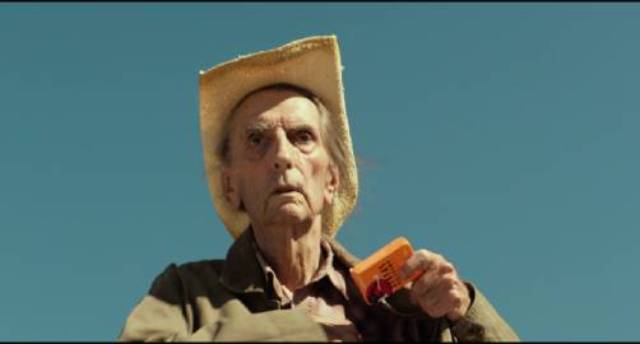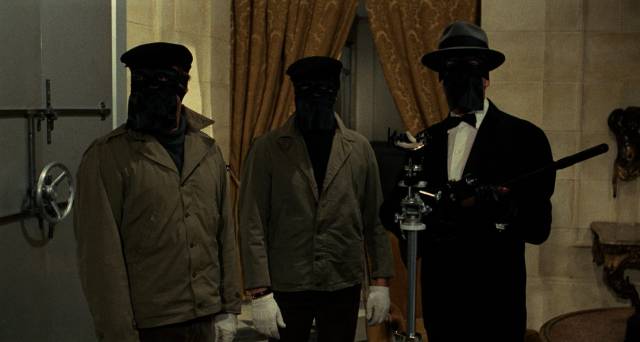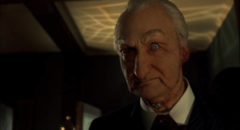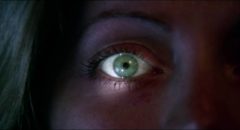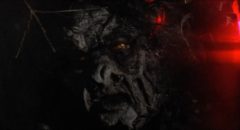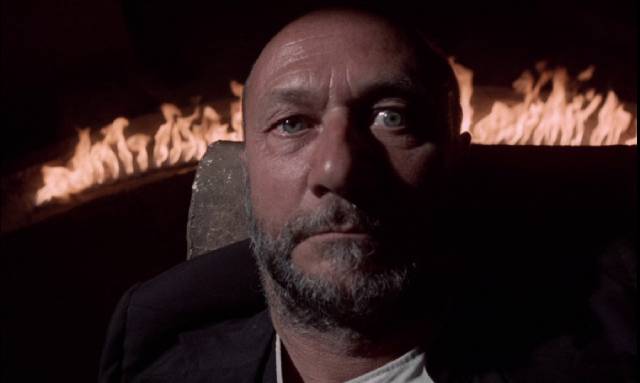
Recent releases from Indicator have seemed oddly random – from an unexceptional genre movie (Kostas Karagiorgis’ The Devil’s Men [1076]) to an arthouse war film (Clive Rees’ The Blockhouse [1973]), a ghost story that comes across like a television play (Kevin Billington’s Voices [1973]) to an interesting if unsuccessful literary adaptation (Anthony Friedmann’s Bartleby [1970]) and a revisionist detective story which plays with the tropes of the English country house mystery (Chris Petit’s An Unsuitable Job for a Woman [1982]).
